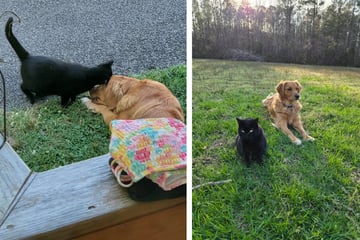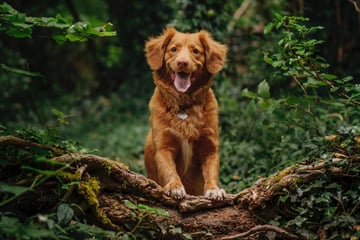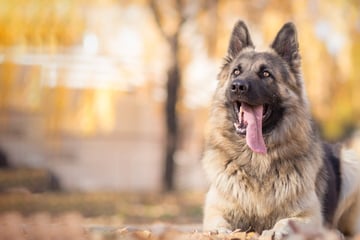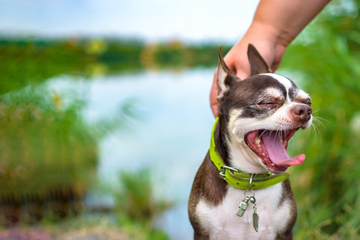How to potty-train a dog: Everything you need to know about puppy house training
A dog that hasn't been properly potty-trained is a problem prone pooch. We're here to help you avoid the inevitable mess. Let's take a look at some tips to help potty-train a dog.
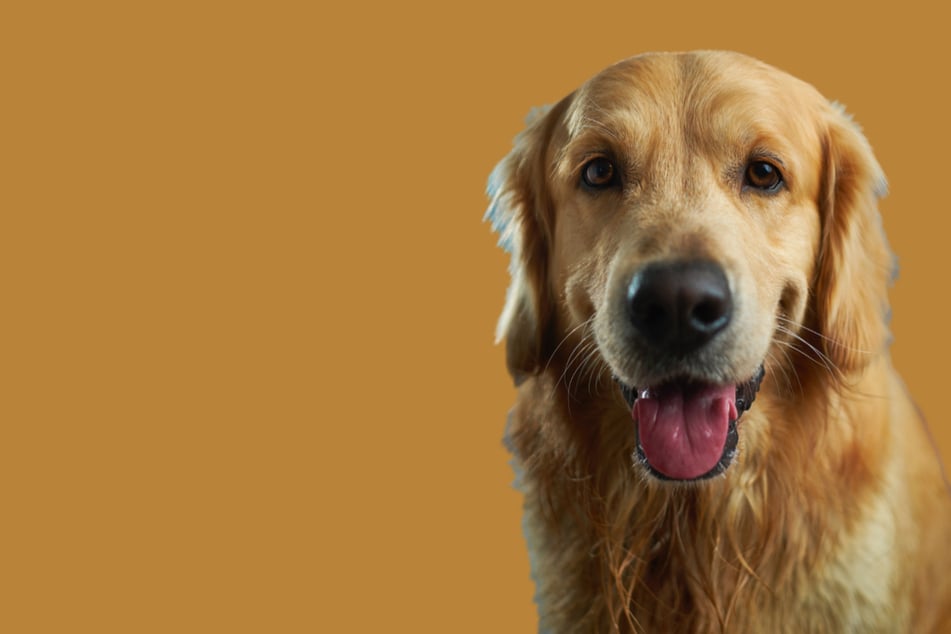
If you don't want a mess inside your home, it's best to get your doggo trained young to use the bathroom outside.
There's more to a dog's education than command training and socializing, and you want to help them practice good behavior before they get too old to learn.
That's doubly true for something like potty-training, as you won't be able to do simple things like travel with your pooch or bring them to friend's places if your dog isn't house-trained.
In this dog guide, TAG24 shares some tips on how to potty-train a dog, and everything that you need to know about when, how, and what should be done to help your pup.
Let's dive in!
How long does it take to potty-train a dog?
It is well known that puppies generally take between four and six months to be potty-trained.
Indeed, doggos are best trained as puppies and as they age, their constitutions improve. They can hold their bladders and bowels far longer and better than they could as young puppies.
As a result, most puppies won't be able to be fully house-trained before they are around six months of age.
At what age should a puppy start potty training?
You can begin potty-training your puppy once the dog has reached 8–16 weeks of age, and when it is in-control of its bladder. Of course, the younger your puppy is, the more accidents they may have at the beginning of training.
Your pup will most likely continue to relieve itself uncontrolled until it is at least two months old. After that, the process of potty-training can begin, but not before. In the meantime, it is good to keep your puppy's movements limited and keep them in a place indoors where it's safe to go to the bathroom. Use paper or pads to limit the mess it creates.
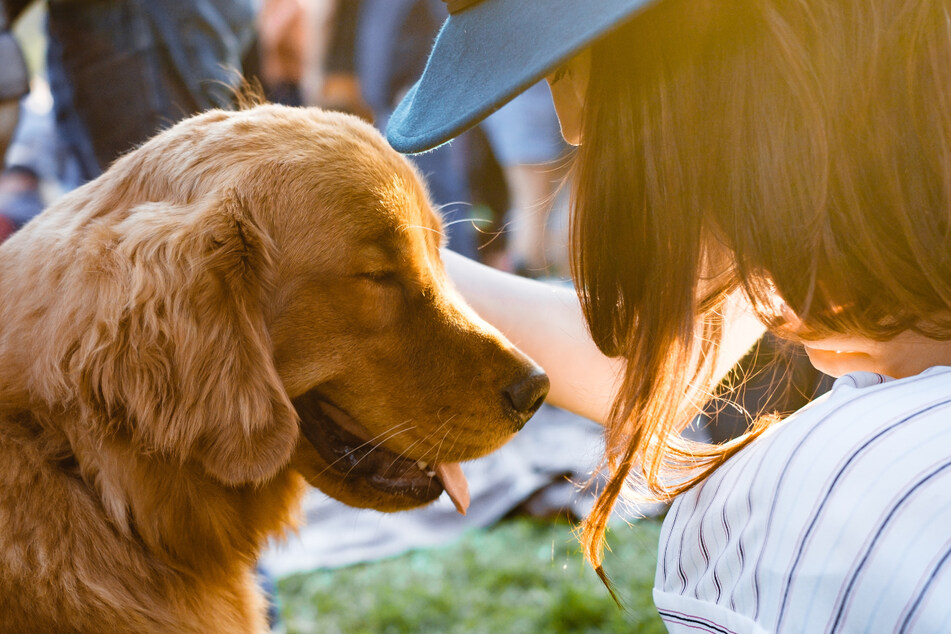
How to potty-train dogs at home
You don't need fancy equipment or strategies to potty-train your brand new doggo, just persistence and knowledge. There are different steps to this particular type of training. Once they are older and have been weened off their mother, for example, they will no longer have their fecal matter consumed, either by themselves or their mom, and you will need to keep their space clean.
Potty-training is a process that needs plenty of time and patience. The first months of puppy ownership, as a result, can be rather disgusting and rather unpleasant, and filled with constantly cleaning up poop. Don't worry, though, it's worth it when your four-legged friend finally learns. Let's dive into the nitty-gritty.
How to potty-train your dog:
Step 1: Keep them confined - At night, and regularly during the day, you should start by keeping them confined to a small space. The idea is to keep them in a gated-off area that is relatively restricted, so that with time, they'll grow a dislike for dirtiness in their little area, thereby teaching them to hold everything in until they are outside.
Step 2: Take them outside first thing in the morning - Once they have stopped going to the toilet in their nighttime space or sleeping crate, make sure to always take them outside first thing in the morning. From this, they will start to develop a habit of relieving themselves outside at a particular time, and holding their bladders at night.
Step 3: Take them to the same spot to use the bathroom outside - Every morning when training, always take them to the same place. They will eventually associate this spot with going to the toilet, and it will become a habit and their "bathroom," marked also by their scent.
Important to note: This is also an important lesson for anyone seeking to litter-box train their dog, similar to how you would with a cat. By taking your dog to the litter box every morning, in a spot outside their area, they will associate the box with relieving themselves, and a habit will develop.
Step 4: Start developing a daily schedule - Now that you have established that morning time is toilet time, start doing that with daily walks as well. Eventually, they should grow to go to the bathroom whenever they are outside for a walk, therefore eliminating the need to go at home. Walks outside should be more frequent during training, to get your pup to associate being outside with going to the bathroom.
Step 5: Praise and treat them when they go outside - It is important to give them a treat, and give them plenty of cuddles, when they relieve themselves correctly. This establishes positive reinforcement and incentivizes good behavior. Try doling out treats on the spot as soon as they pee or poop outside, and also, when they come back in the front door. These can eventually be cut down when your dog is fully trained.
With these steps, you can easily get your new dog potty-trained within a few months. It may be a bit of a messy and tedious process, but once it is done, you will be happier for it.
How to potty-train a dog in an apartment
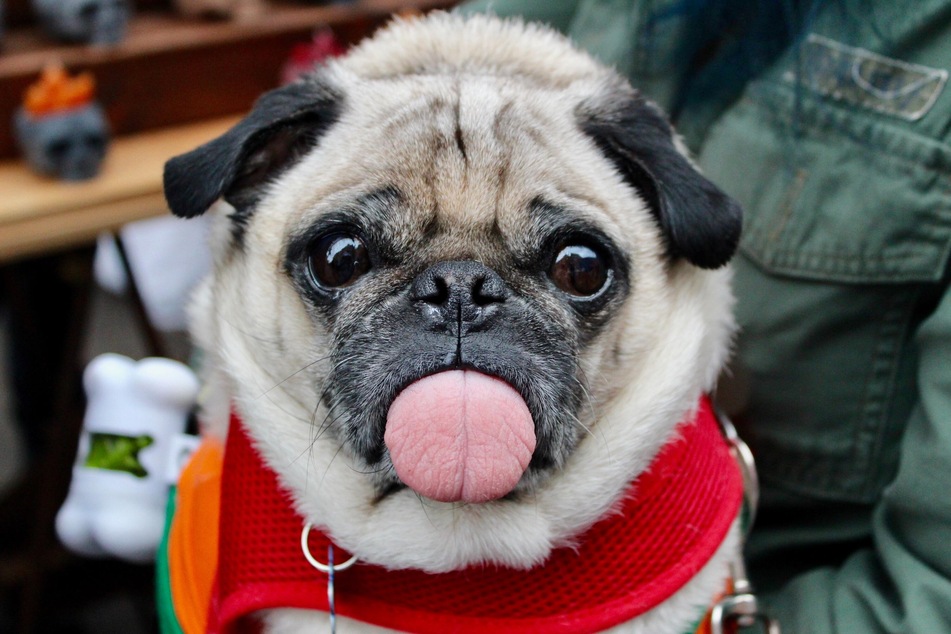
Potty-training an apartment dog is much the same as potty-training a dog living in a house.
Indeed, you complete the same set of steps for training. The main difference, though, is that in the case of an apartment, it's a good idea to provide dogs with an inside litter box so that they are less likely to make a mess in such a small, confined space.
Also remember that apartment dogs need to be walked more often than the usual pooch due to the fact that they have no yard and there's very limited indoor space to get exercise.
As a result, you can train them to go to use their litter box in the morning, and to go outside on their evening walk, for example. Yet it's best though to take them for a morning walk as well whenever possible.
How to potty-train a dog quickly
It's best to give your dog time to be potty-trained, so that it can naturally develop these behaviors. If you truly need to speed up the process, though, the only way to make dog potty-training faster is to increase the frequency of those outdoor walks.
Instead of taking them on a walk outside twice a day, start increasing it to every two hours (or an even shorter time frame). Make sure that there are very few opportunities for them to relieve themselves inside, and develop a schedule. Indeed, this will only really be possible if you spend a lot of time at home near training, and don't leave them alone for long periods of time.
Should I train my dog to use the toilet?
It's completely unnecessary to train your dog to use the human toilet, and isn't very likely to be successful anyway. Besides the fact that it difficult to get a dog to aim correctly, there are hygiene issues in sharing a toliet bowl with your pup.
As challenging as it might be, it's best to stick with potty-training, and eventually your pup will have little issues. Good luck!
Cover photo: Victor Grabarczyk / Unsplash
